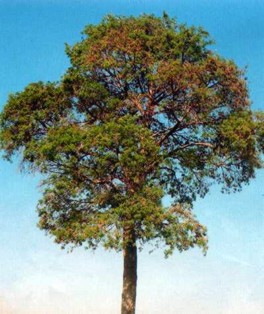
 C
C


 CATUABA
CATUABA


|
 C
C
|

|

|
 CATUABA
CATUABA
|

|
| erythroxylum catuaba |





 CATUABA
CATUABA


U.E.P.
 Add to Favorite
Add to Favorite
 Home Page
Home Page
 Recommend this Plant
Recommend this Plant
|

|
|
2008 © HIPERnatural.COM
www.hipernatural.com Your Source of Natural Health in Internet |
|